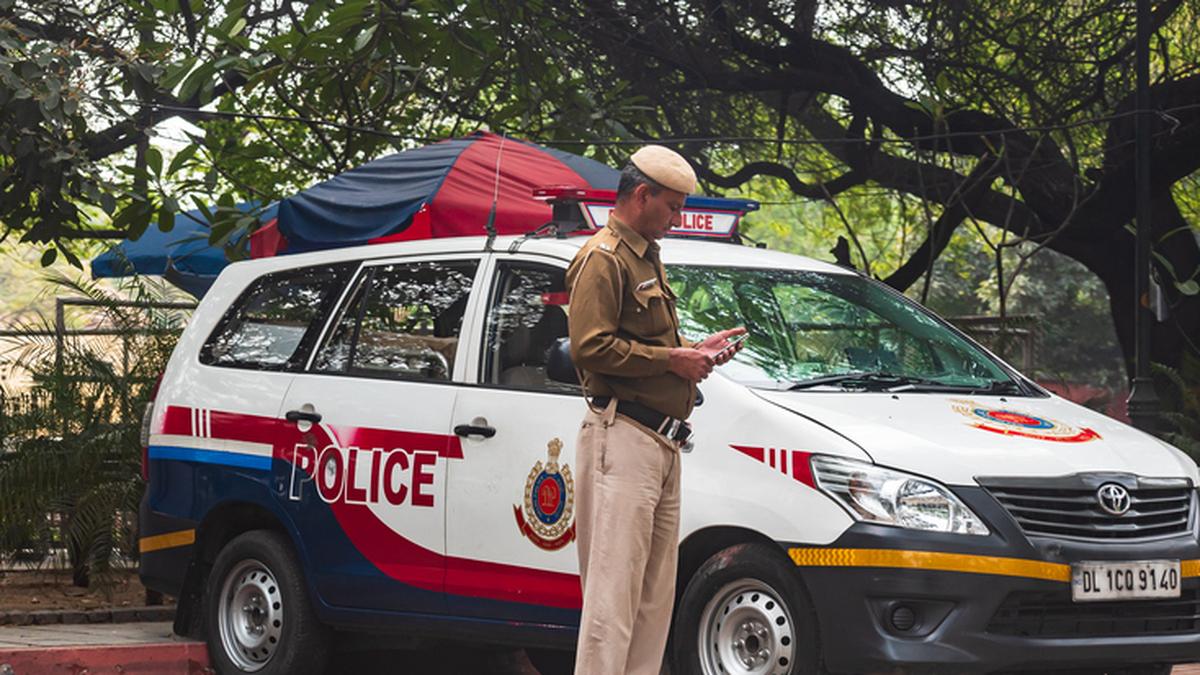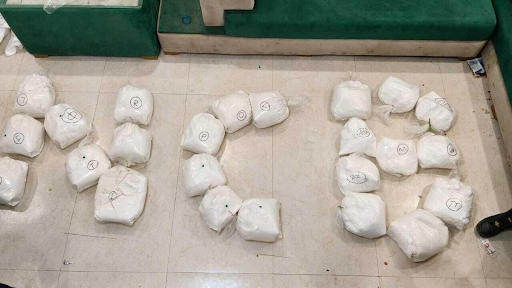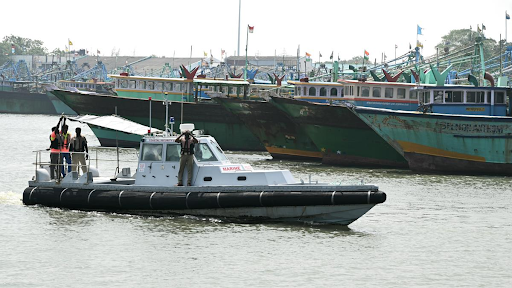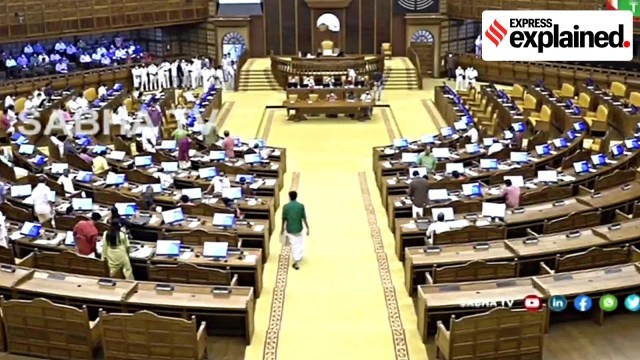



The Abdali missile (Hatf 2) is a short-range, road-mobile ballistic missile developed by Pakistan. It has a range of 180-200 km and features a solid-propellant engine and inertial guidance. Designed for quick battlefield response, it is primarily used for targeting military bases and infrastructure with relatively small warheads.

Disclaimer: Copyright infringement not intended.
Amid rising tensions in India-Bangladesh relations, Dhaka is reportedly mulling to purchase the Abdali Short Range Ballistic Missiles (SRBMs).
The Abdali (Hatf 2) is a short-range, road-mobile, solid-propellant ballistic missile. It is developed by the Pakistan Space Research Commission (SUPARCO), the Abdali missile system is designed for quick response scenarios on the battlefield.
|
Range |
180-200 km |
|
Payload |
Likely high explosive or submunitions |
|
Guidance System |
Inertial guidance system |
|
CEP (Circular Error Probable) |
150 meters |
|
Engine |
Single-stage solid fuel engine |
|
Transport |
Transported on a Transporter-Erector-Launcher (TEL) road mobile vehicle |
|
Destructive Power |
Relatively small warhead limits power; suitable for targeting military bases, airfields, and critical infrastructure. |
|
Targeting Capabilities |
Accurate enough for targeting military bases, airfields, power plants, and industrial facilities. |
A transporter erector launcher is a missile vehicle with an integrated tractor unit that can transport, elevate to a firing position and launch one or more rockets or missiles.
Source:
|
PRACTICE QUESTION Q.Discuss the evolution of India-Bangladesh defense relations in recent years. Highlight key areas of cooperation, challenges and their impact on regional security. (150 words) |





© 2025 iasgyan. All right reserved